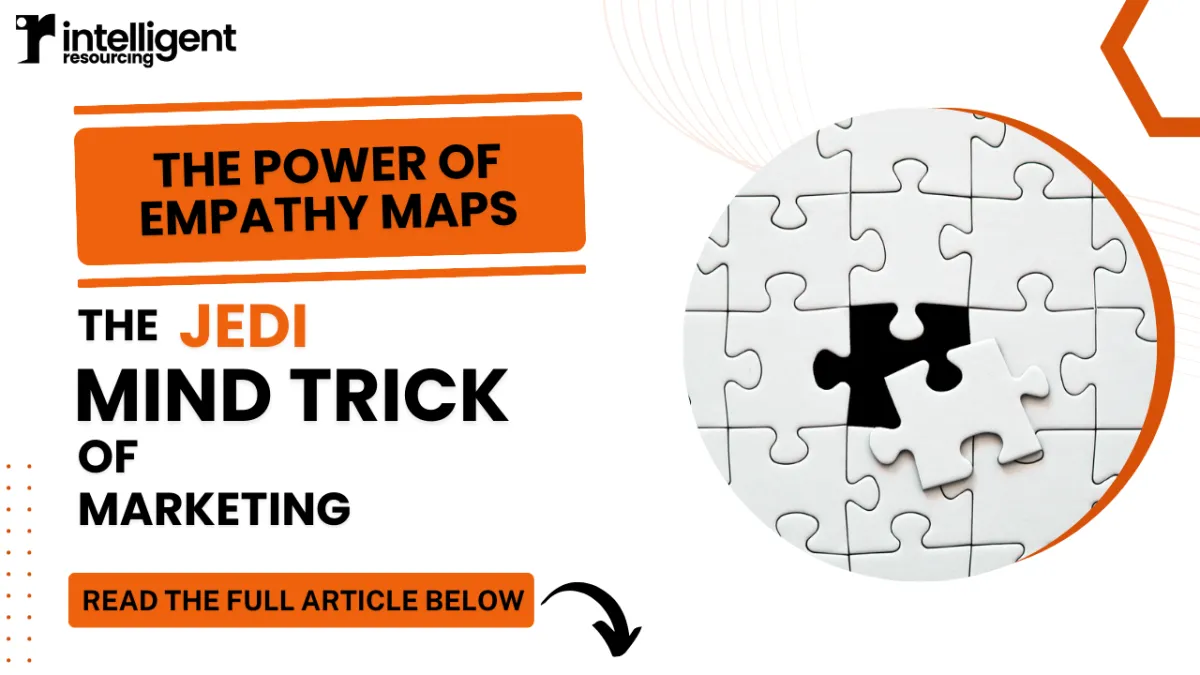
Lead vs Lag Measures: Why Focusing on the Right Metrics Drives Business Success
Why Focusing on What You Can Control Matters
In business, success often comes down to focusing on what you can control rather than chasing uncertain outcomes. This is the core principle behind Franklin Covey’s The 4 Disciplines of Execution—a simple yet transformative framework designed to help businesses execute on their most important goals.
The four disciplines include:
Focusing on wildly important goals – Prioritising what truly moves the needle.
Leveraging lead measures – Concentrating on controllable actions that drive success.
Keeping a compelling scoreboard – Tracking progress in real time.
Creating a cadence of accountability – Ensuring consistent execution.
Today, we’ll focus on lead measures—arguably the most actionable step in the framework—and why understanding this concept is essential for business growth and long-term success.
If you’re looking for a practical approach to managing business finances while staying focused on execution, check out our insights on making financial sense.
Lead Measures vs. Lag Measures: What’s the Difference?
Many businesses focus too much on lag measures—outcomes that have already happened, such as monthly revenue, customer churn rates, or website traffic. The problem? Lag measures are reactive, meaning they tell you what has already occurred but don’t provide actionable insights to improve future results.
Lead measures, on the other hand, are proactive. They are the daily or weekly actions that directly influence outcomes. For example:
Lag Measure: Monthly revenue from new clients.
Lead Measure: Number of sales calls made per day.
Lag Measure: Website conversions.
Lead Measure: Weekly content published on LinkedIn.
By focusing on lead measures, businesses can take proactive control over their success. Instead of waiting for financial reports to dictate your next move, you shape results through consistent execution of key actions.
The impact of this shift is supported by Harvard Business Review, which highlights how organisations that track lead measures experience higher execution success rates than those focusing solely on lagging indicators.
Companies that successfully implement lead measures often see a clear link between effort and outcomes. In our latest case study, we explore how tracking and refining lead measures led to measurable business growth.
How to Track Lead Measures Effectively
Many businesses struggle to stay consistent because they lack a structured way to track progress. Keeping a compelling scoreboard is essential for ensuring that lead measures remain a focus.
The Importance of a Scoreboard
A scoreboard makes lead measures visible, trackable, and actionable. It should include:
What is being measured? (e.g., number of weekly client outreach emails)
Who is responsible? (e.g., the sales team, marketing, or leadership)
Progress indicators (e.g., a simple “yes” or “no” for completed actions or performance trends over time)
At Intelligent Resourcing, we track newsletter subscribers, article views, webinar attendance, and LinkedIn post engagement. By monitoring these week by week, we identify what’s working, adjust what’s not, and drop ineffective strategies.
If you're struggling with keeping customers engaged through storytelling, check out how to take your customers on the journey—a strategic way to create content that resonates and drives long-term relationships.
For those seeking to enhance team collaboration, McKinsey & Company’s research highlights a critical insight: organisations that establish clear performance metrics and structured accountability rhythms are 2.5 times more likely to outperform competitors. This reinforces the importance of data-driven decision-making, transparent goal-setting, and disciplined execution cycles in fostering high-performance teams. When collaboration is measurable and consistently reinforced, it shifts from being an abstract ideal to a tangible competitive advantage.
Staying Accountable: The Key to Success
Execution isn’t just about setting goals—it’s about sticking to them. Many businesses start strong but lose momentum because they fail to maintain a rhythm of accountability.
How to Maintain a Cadence of Accountability
Schedule Regular Reviews – Weekly or monthly check-ins help you assess progress and adjust strategies.
Set Clear Responsibilities – Define who owns each lead measure to ensure execution.
Eliminate Distractions – Avoid spending time on non-essential tasks that feel productive but don’t move the business forward.
Businesses often get sidetracked by spending time and money on tools they don’t need. If you're in the proposal phase with clients, don’t assume expensive software is the answer—you don’t need expensive proposal software to win clients. Instead, focus on high-impact lead measures that drive results.
Practical Steps to Get Started with Lead Measures
If you’re new to tracking lead measures, the best approach is to start small and build gradually.
Pick One Lead Measure – Choose something simple and measurable (e.g., three LinkedIn posts per week).
Track It Weekly – Use a spreadsheet, CRM, or project management tool to log progress.
Refine & Expand – Once you’ve established a habit, introduce additional lead measures to improve other areas of your business.
This approach keeps things manageable while ensuring continuous improvement.
For businesses looking to enhance their online presence, it’s also worth rethinking visual content strategies. According to Nielsen Norman Group’s research on Feature Richness and User Engagement, users respond better to intentional, relevant visuals rather than unnecessary clutter or overly complex designs. This reinforces why stock photography is often less effective compared to authentic, user-focused imagery.
Key Takeaways
Focus on Lead Measures – Direct your energy toward actions you can control to drive results.
Keep a Scoreboard – Tracking lead measures helps you see what’s working and what needs adjusting.
Commit to Regular Reviews – Establishing a cadence of accountability ensures consistency and long-term success.
At Intelligent Resourcing, we specialise in helping businesses optimise workflows, track meaningful metrics, and crea scalable execution strategies.
Are You Tracking What Really Matters?
Success isn’t about hoping for better results—it’s about actively shaping them.
By shifting focus from lag measures (outcomes) to lead measures (controllable actions), businesses gain real control over growth and success. If you’re serious about building a structured, scalable approach, now is the time to implement lead measures into your strategy.
Next Steps
Understand the financial impact of lead measures and how they align with long-term business growth.
See how real businesses implement lead measures in our latest case study.
Learn how to take customers on a journey and create lasting engagement.
By taking control of your lead measures today, you set yourself up for consistent, scalable success. What will you start tracking?






